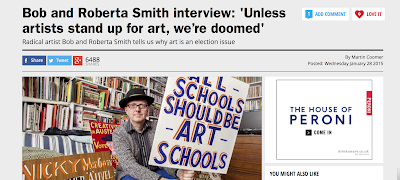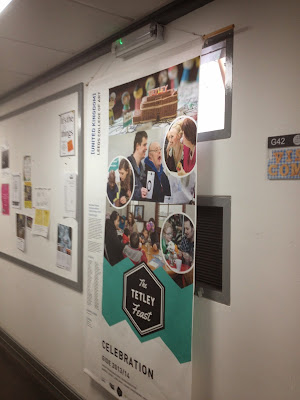So we are just going to have a conversation and see how it flows. So if you could tell me a little bit about yourself and your practice as an artist.
Ok erm my work at the moment is based on sculptural, looking at erm Marcel Duchamp’s standard stoppages and how he looks at an object and will look at various different purposes for it, look at recycling the ideas and the objects and seeing what other things can come out of it.
Okay
So my piece at the moment is based on a wooden pallet which I have taken apart and I’m looking at reconstructing it, looking at other forms I can place it in, looking at the sculptural element, from a drawing element, the lines of the wood and I’m also very interested in the nails and the rust in that. And really just seeing how I can maneuver it, see what can come out of a pallet without it being a pallet even though I’m still kind of keeping the same shape and relationship that it would normally have within society.
Is there a reason you choose a pallet or that wood?
It looked pretty, I was drawn to it, erm I lost piece of it and I tried to get another pallet, but I just didn’t like it. This is the pallet that I wanted to use that is why I am using it.
Can you talk about how you lost some of the bits of the pallet?
Erm, I lost three small pieces in, after taking a photography shoot, I don’t know if they were left behind or if I, if they were taken from my space. So that’s still a mystery. And I lost another piece once I casted it I left it in the plaster studio and the tutor thought it was dangerous so he hammered down the nails and threw it in the skip. And by the time I had got there and realized what had happed to it the skip had left.
Would this affect the outcome of your work in any way or are you able to continue?
Erm, I’m still continuing because my work is based on chance as well, that is the main factor of the work. So the fact that I lost these pieces is, relates in a sense to that. But you never know what could happen to a piece of work. It could easily break, it could easily be ripped or stamped on or anything could happen to it. So in that case I’m not seeing it affecting my work, but more as leaving me with different options of how pieces will finally come out of it.
Okay so if you are casting erm your work and you are on about how erm, the chance element so if it does break, so if you are casting and it breaks do you keep that within the work, does that remain as the chance element in it. So everything you test and try out is that just become straight into the work, or do you do testing and then do the final piece?
Erm, I am doing testing to then bring together a final piece rather than (That’s okay I’ve got some) erm then using the test pieces in most cases with it. Just because at the moment I am just still figuring out where I want it to go. But once I’ve found that, it comes to the casting of each piece, erm it will then be that set time that those pieces, that how they turn out will be the ones that will be presented.
Okay
As the final pieces.
So there will be a set time, chance kind of thing.
Yeah but I’ve still wanna, I haven’t, I haven’t touched the pallet in a way that it can’t be placed back into the formation that it came. Erm in each of my casts, it hasn’t affected the wood in anyway, I haven’t put any products or anything on it to do certain moulds because I’ve insured that it wouldn’t affect the final pallet depending how I do eventually place it.
























